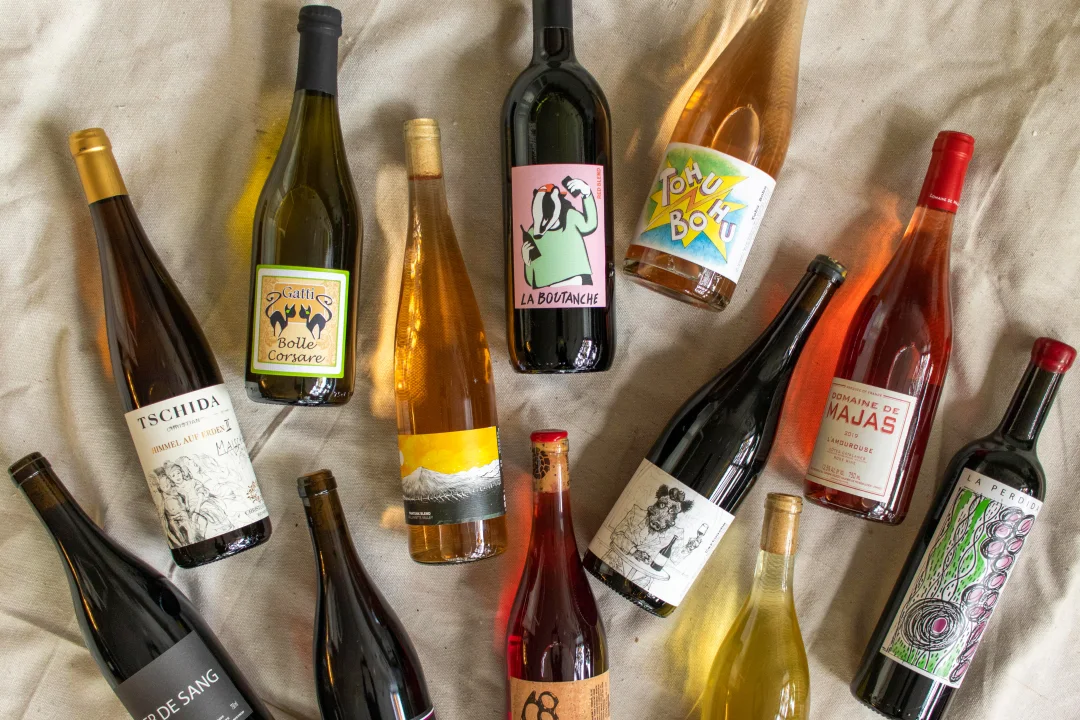The thousands of grape varieties that have been developed, with 5,000 reported for V. vinifera alone, differ from one another in such characteristics as colour, size, and shape of berry; juice composition (including flavour); ripening time; and disease resistance. They are grown under widely varying climatic conditions, and many different processes are applied in producing wines from them. All of these possible variations contribute to the vast variety of wines available.
Species and varieties
Vitis vinifera, probably originating in the Caucasus Mountains, is the principal wine-producing plant, with most of the world’s wine still made from varieties of this species. V. labrusca and V. rotundifolia have been domesticated in the eastern United States, the domestication of V. amurensis has been reported in Japan, and various interspecies hybrids have been used for wine production. The high sugar content of most V. vinifera varieties at maturity is the major factor in the selection of these varieties for use in much of the world’s wine production. Their natural sugar content, providing necessary material for fermentation, is sufficient to produce a wine with alcohol content of 10 percent or higher; wines containing less alcohol are unstable because of their sensitivity to bacterial spoilage. The moderate acidity of ripe grapes of the V. vinifera varieties is also favourable to wine making; the fruit has an acidity of less than 1 percent (calculated as tartaric acid, the main acid in grapes) and a pH of 3.1 to 3.7 (mildly acid). Malic acid is also an important acid; only small amounts of citric acid are present.
A third factor attracting winemakers to this grape is its tremendous range in composition. The pigment pattern of the skin varies from light greenish yellow to russet, pink, red, reddish violet, or blue-black; the juice is generally colourless, although some varieties have a pink to red colour, and the flavour varies from quite neutral to strongly aromatic (Gewürztraminer, Cabernet Sauvignon, Zinfandel). Some varieties, such as Pinot Noir, having rather neutral flavoured juice, develop a characteristic flavour when fermented on the skins and aged.
The species V. labrusca and V. rotundifolia seldom contain sufficient natural sugar to produce a wine with alcohol content of 10 percent or higher, and additional sugar is usually required. Their acidity at maturity is often excessive, with a low pH. Varieties of these species usually have distinctive flavours. The flavours of V. labrusca, owing to methyl anthranilate and other compounds, are considered too pronounced by some consumers. This flavour, especially prevalent in wines made from the Concord-type varieties, is commonly called “foxy.”
Cultivation
Grapes, although primarily a temperate-zone plant, can be grown under semitropical conditions. They are not adapted to the cooler parts of the temperate zone, where growing seasons may be too short to allow the fruit to reach maturity or where low winter temperatures (less than −7 °C [20 °F]) may kill the vine or its fruitful buds. V. vinifera is more susceptible to damage from winter conditions than is V. labrusca.
Climate strongly influences the composition of mature grapes. A major cause of the variation among grapes from different areas is the differing quantities of heat received by the vines during the growing season. Other important factors include differences in night and day temperature, hours of sun, and soil temperature.
Grapes begin their growth cycle in the spring when average daily temperature is about 10 °C (50 °F). To reach maturity, they require a certain amount of heat above 10 °C during the growing season. This amount of heat, called the heat summation, is calculated by totaling the number of degrees of average daily temperature over 10 °C for each day of the growing season. A heat summation of about 1,800° is required for successful growth. If the heat summation is less than required, the grapes will not ripen; they will reach the end of the growing season with insufficient sugar and too much acidity. This condition, frequently occurring in the eastern United States, Switzerland, and other cool regions, can be corrected by adding sugar to the crushed grapes. Where the heat summation is much greater than required, as in Algeria and parts of California, the grapes mature earlier and with less acidity and colour than those produced under cooler conditions.
Factors influencing the heat summation of a vineyard and, therefore, grape composition include exposure (in Europe, best from the east), air drainage (preferably from the slopes to the valley), soil temperature (above 10 °C during the growing season), and soil moisture content (not too dry at any time and not waterlogged for more than short periods).
Seasonal conditions also can be critical, especially in regions of low heat summation, as found in parts of France and Germany. When the growing season in such areas is warmer than usual, the fruit produced is riper and better balanced than is usual in cool seasons. In warm regions the sweeter dessert wines may benefit from somewhat low heat summation, resulting in less berry raisining (moisture loss) and giving the fruit better colour and acidity than is achieved when the growing season is excessively warm.
Such cultivation practices as weeding and pruning also may influence the mature fruit composition. Although the composition of the soil has an influence on soil temperature, root penetration, water-holding capacity, and vine nutrition, its effect on the quality of wine, varying from region to region, is poorly understood.






